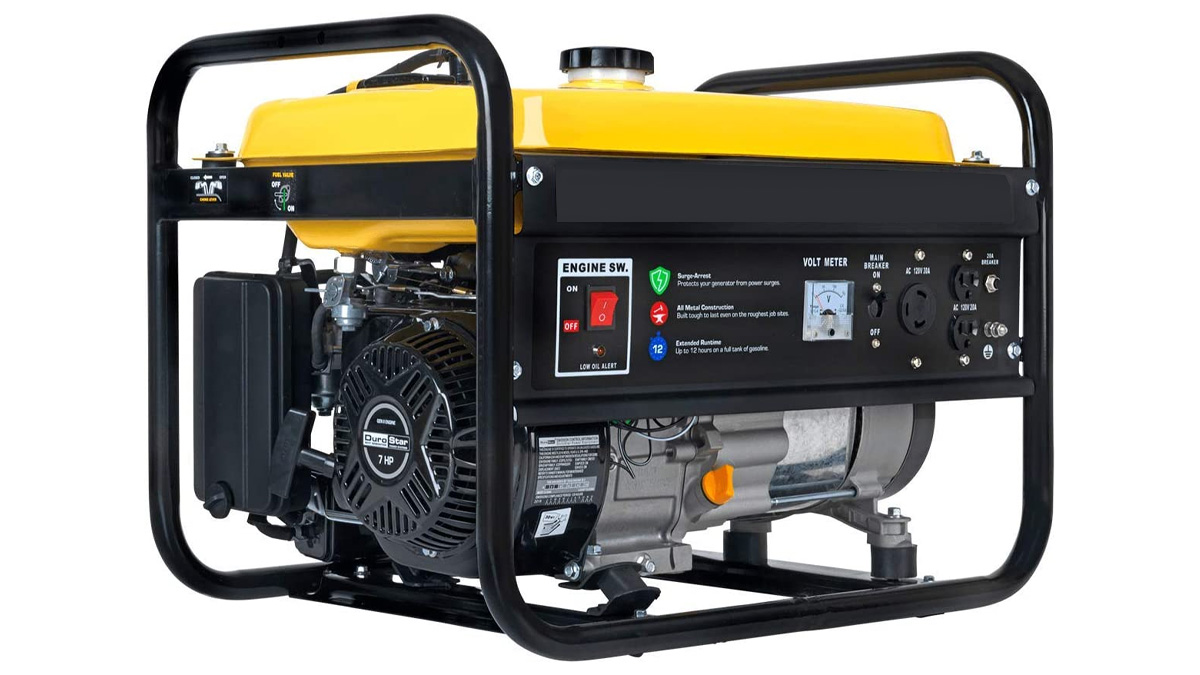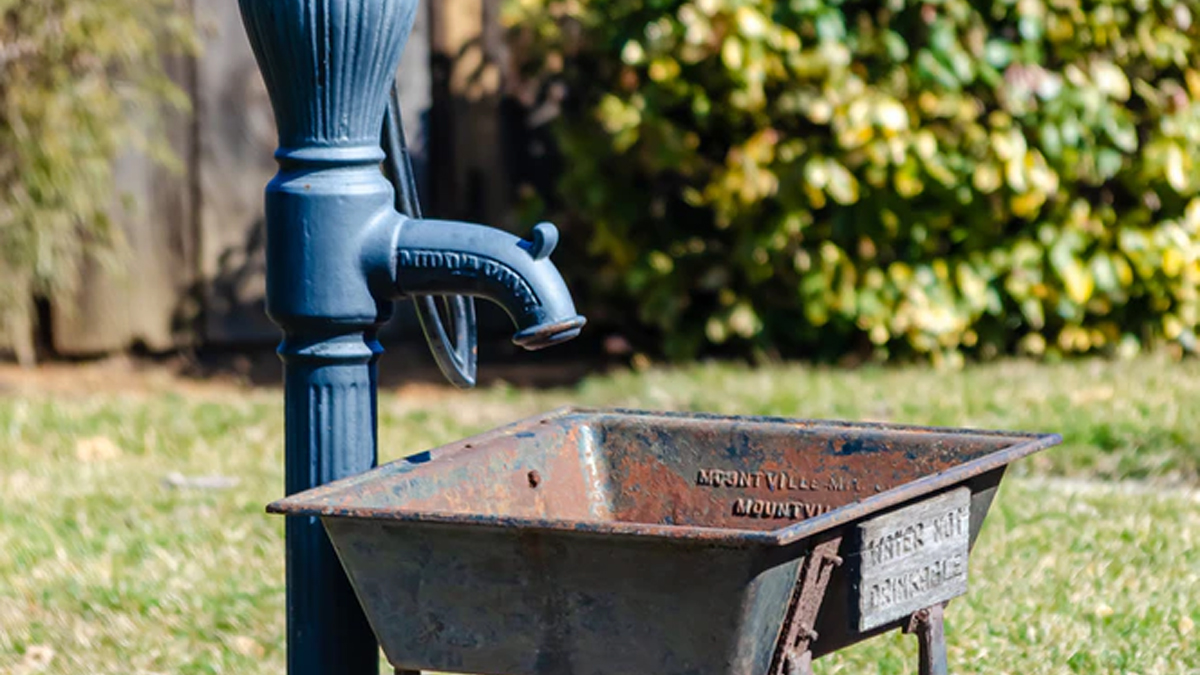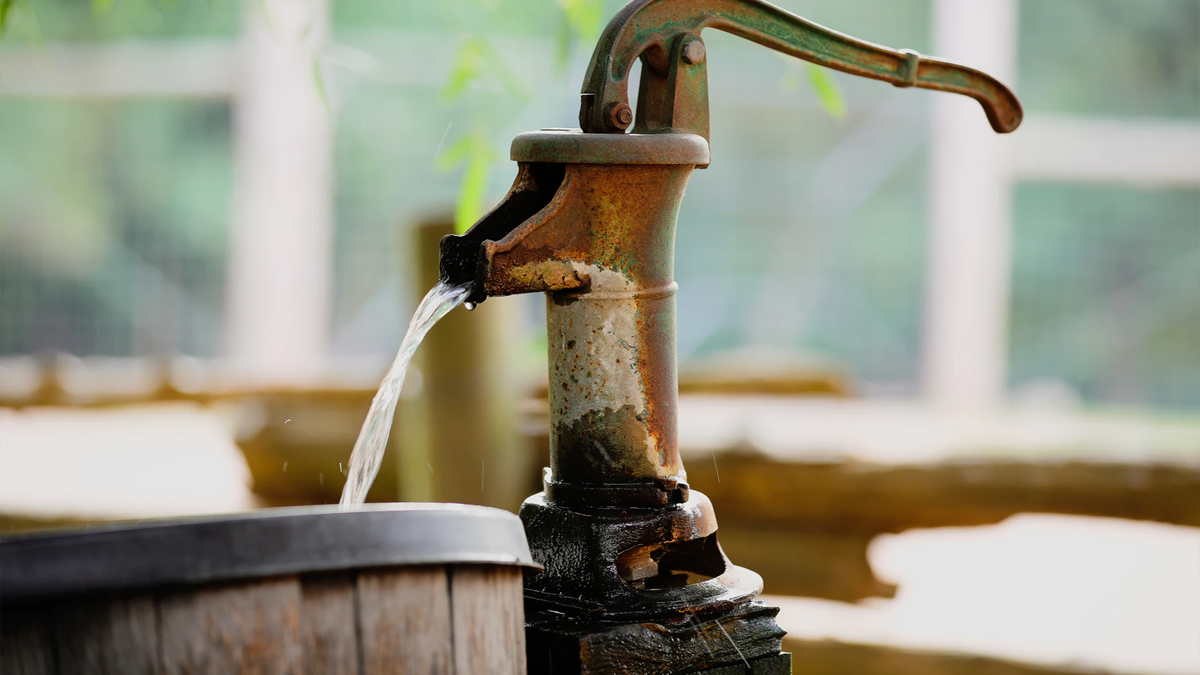on
Since most modern water pumps use electricity to obtain well water, a power outage can separate you from one of the most important things you need for survival – your water supply.
Every country kid has grown up knowing that when a storm hits that is likely to cause a power outage that the first order of business is filling the bathtubs and stock tanks while you still have power. And that works great for short-term outages but how about for outages that last for more than a day or two?
Know what your options are and plan ahead so that you can still get water from your well when the grid goes down.
Check your water level
It’s easy to check how close to the surface the water in your well is; all you need is an empty pill bottle and some string. Put a few pebbles or metal nuts in the pill bottle to give it some weight and tie the end of the string securely to it. Just don’t put enough weight into it to prevent the bottle from floating. Start letting the string out, lowering the pill bottle into your well. When the string goes slack, you’ve found the water.
Mark the point on your string where the pill bottle hit the water and pull it back out. Measuring how much string you had let out will let you know how far the water comes up in your well casing. Keep in mind that drawing water out of the well lowers the level of the water in it. So if you had just been running the water, your normal water level may be even higher.
So if your well is 300ft deep, but your static water level is at 50 feet then you probably want to be able to reach at least 100 feet so that your drawdown level gives you at least 50 feet of water storage in your well pipe.
If you are planning to run your existing well pump with a generator then you don’t necessarily need to know where your static water line is as you will not be changing up anything with your system.
Three ways to obtain water
1. Generator

Your rural well pump can still work during a power outage, if you can generate your own power. But before you start playing electrician during a crisis, there’s something you need to know. Does your well pump run on 110 or 220 power? Most well pumps (deep ones, primarily) run on 220. This is the same heavy power for electric ovens and clothes dryers. If you have a generator powerful enough to supply 220 power, you’re all set. But here’s the reality check: most portable generators only provide 110 power. So if you don’t have a 110 pump or a 220 generator, you’d better think about your other options.
In a total grid down situation their are several potential drawbacks to generators. First they are loud, and can draw unwanted attention. Second, eventually you will run out of fuel.
Depending on your location solar or wind power may be the better choice to run your well pump. Or you may want to have them as a secondary source of power.
2. Hand pump
This will also require some advanced planning on your part, but you can purchase an old-fashioned style hand pump to attach to your modern wellhead. Some styles of hand pump can be mounted on a well without disrupting your existing electric well pump, and be used as a backup to deal with power outages. Do your homework to find the right pump, as some pumps will only pull water up a few feet and others can pull water out of a 200-foot well.

A hand pump will not supply running water to your house and it can be a lot of work. If you plan ahead you can create a cistern that you pump into and then use a second “pitcher pump” at the sink to have “running” water in your home.
3. Sleeve bucket
Can’t afford a generator or hand pump (both of which cost hundreds of dollars)? A well bucket for modern wells is a slender plastic or metal sleeve, which can be lowered down any modern well on a length of cord. This skinny sleeve has a foot valve at the bottom, allowing it to fill up with water, but retain water when lifted up. Make sure you have enough cord to reach the water level, and tie off the free end of the cord at the top of the well. This will keep you from losing your well bucket and your line down the well.
If you have to improvise a well bucket, use a two-foot length of steel pipe with a cap at one end and a cord tied to the other. That much steel will weigh enough to submerge in the water, while other slender containers will probably just float on top of the water in the well.
Setting up a tripod with a pulley on it can make the task of pulling up the well bucket much easier. Something you will be thankful for if you have to draw more than a few buckets worth of water.
Get access to premium content and more!





